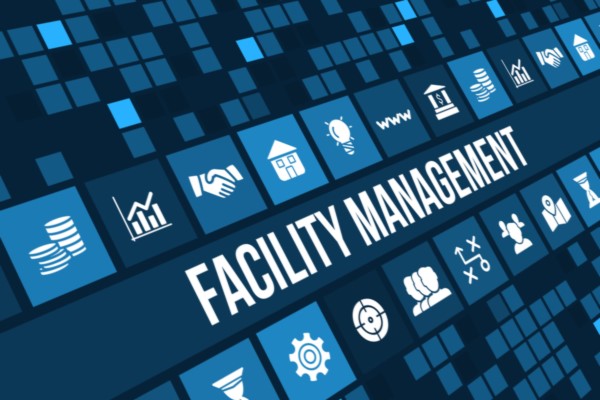With the growth of business sectors in this era & the dynamism they carry along, it is imperative that enhanced business numbers would result in higher employee count at additional locations thereby an increment in the real estate footprint of the organization. Real Estate together with the other enabling factors ensures the growth engine of an organization is well fed & provides a platform for a sustainable business.
Shortlisting, finalizing, conceptualizing & creating workspace is an arduous task which requires a huge amount of thought process and efforts by multiple stakeholders within & outside the organization. Once the project gets to the finalizing stage, the role of a facility professional takes the lead to ensure seamless transition to the new office space. At the start of the project, one not so important a function (FM) takes charge and gets ready to take up all the challenges which may come in the way of making this new site completely functional.
There are many factors for a new setup which are to be addressed before a successful transition can take place & these would depend on:
– Site Location
o With the government providing benefits in SEZ, the preferences could be towards the same. One of the primary challenges which an organization faces is the proximity to the development as these areas may not be in the midst of the city.
o New city for a business would bring in greater challenges as the business support system is nonexistent for any organization & the need to establish the same is as on yesterday basis.
o Campus development has its own share of complexities where the focus is always on the main buildings and the support systems take a beating initially while going live on the project.
– Time Frame
o Although organizations plan for a structured project management for the new site while building in buffers for things unforeseen but in majority of cases the timelines are always crunched down owing to the delays at the very start of the project.
o Often the support system for the project execution, which should be in place before the start of the project remains on the back burner & setting up of the same (project management office) takes place at the same time as that of the project, thereby adding to the delays.
– Change Management
o Organizations are conscious of the fact that any change which gets incorporated in the execution stage puts the delivery timeline under pressure, but this aspect still needs to be accommodated during various phases of the project.
o Minor or major changes disrupt the project and have the potential to retard the overall progress.
While these above mentioned factors create an impact on the overall project, there are multiple others those are to be addressed at the ground level:
– Gap between the designers and operators:
New sites are conceptualized and designed by architects where the element of serviceability takes a backseat thus posing evident challenges to the FM professionals working on that site. This triggers quick building / office deterioration over the passage of time.
– Site Knowledge:
This is one of the most practical factors which are critical to the successful commissioning of the site. With the project teams pushing to get their work completed, the involvement of FM team to understand the site, equipment’s, functionalities, demographics etc. is limited to a very lean period. FM professionals need to take charge of the entire site quickly together with understanding the technical architecture of the entire space, to be able to migrate business to this new location.
– Design Elements / Props
Incorporating aesthetic design elements in the office space is now a norm but may turn into nightmare when it comes to maintaining it over long durations. There have been multiple instances where architects have incorporated a sophisticated element in the office space with lot of elegance but maintaining the same in the same spirit is not possible owing to its heavy office usage.
– Site Manpower:
This aspect of FM is the most demanding one and thus needs to be given the largest amount of attention in today’s context. Organizations are willing to spend a huge CAPEX in creating buildings & would need equally capable manpower to handle / operate the same. With the project going in the final phase, manpower to handle operations is allocated to the site with a limited time frame to get accustomed to the site dynamics. These FM task level staff members are up against an uphill task of getting the project finalized, operationalizing the site & supporting it without a downtime from there on.
– Business Expectations:
Organizations expect a seamless movement on to the new office space without a downtime thereby mounting an additional pressure of movement, timelines and revenue loss. FM professionals become program mangers here and are required to plan & take lead with multiple stakeholders from IT, HR, Finance, Operations, leadership involved at various level.


